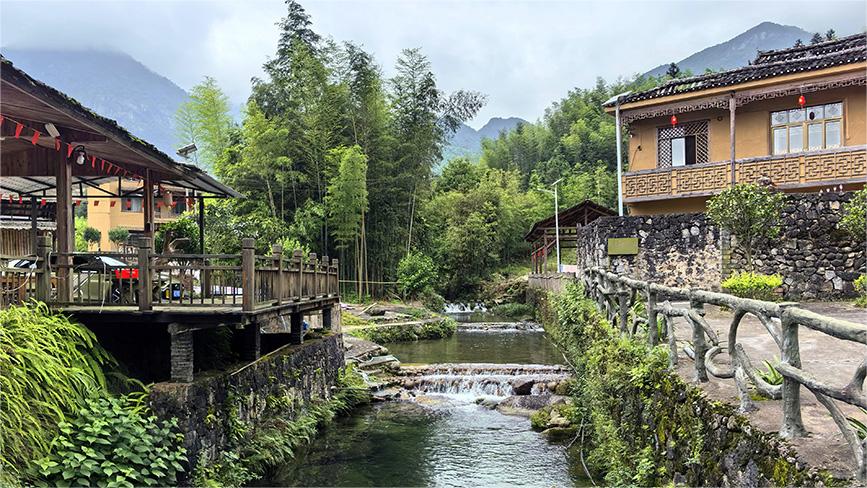Researchers develop technologies to better protect 5,000-year-old ruin site
LANZHOU, Aug. 28 (Xinhua) -- Chinese researchers have recently unveiled a series of technological methods based on a six-year-long program to effectively address the issue of high humidity in site museums, creating a more suitable preservation environment for cultural relics.
The program, carried out at the Dadiwan Site, a Neolithic site dated approximately 8,000 to 4,800 years ago, in Qin'an County, northwest China's Gansu Province, involved researchers from Dunhuang Academy and Northwest Institute of Eco-Environment and Resources (NIEER) under the Chinese Academy of Sciences.
The site is one of the largest and best-preserved Neolithic settlement sites discovered in China to date.
The iconic Dadiwan F901 site, boasting a history of over 5,000 years and covering an area of 420 square meters, is the largest and most intricately crafted large-scale housing structure from China's prehistoric era. Early renovation efforts, incorporating a sealed glass curtain wall, led to a continuous rise in relative humidity within the site, triggering outbreaks of microbial diseases.
Researchers conducted on-site real-time environmental monitoring and numerical simulation to assess the ventilation effectiveness and relative humidity changes before and after multiple interior modifications of the F901 site.
The results indicate that the fully enclosed glass curtain wall can suppress the dependence of indoor humidity fluctuations on external weather fluctuations but has generated unintended consequences, leading to increased air relative humidity and even reaching saturation in the museum space. The strategic deployment of louvered windows and duct fans proved effective in enhancing internal airflow dynamics and overall air exchange capacity.
Liu Benli, researcher at the NIEER and the first author of the study, said that this study is of great significance for alleviating the deterioration problem of enclosed exhibition halls of earthen relics. The study was recently published in the international journal of Heritage Science.
Photos
Related Stories
- National Museum of China cracks down on ticket scalping
- Chinese museum offers visitors immersive journey into ancient life
- Museums bask in spotlight of cultural appeal
- Museum transformed from factory brings history to life in southwest China
- A glimpse into cultural and creative products rolled out by Chinese museums
Copyright © 2024 People's Daily Online. All Rights Reserved.









